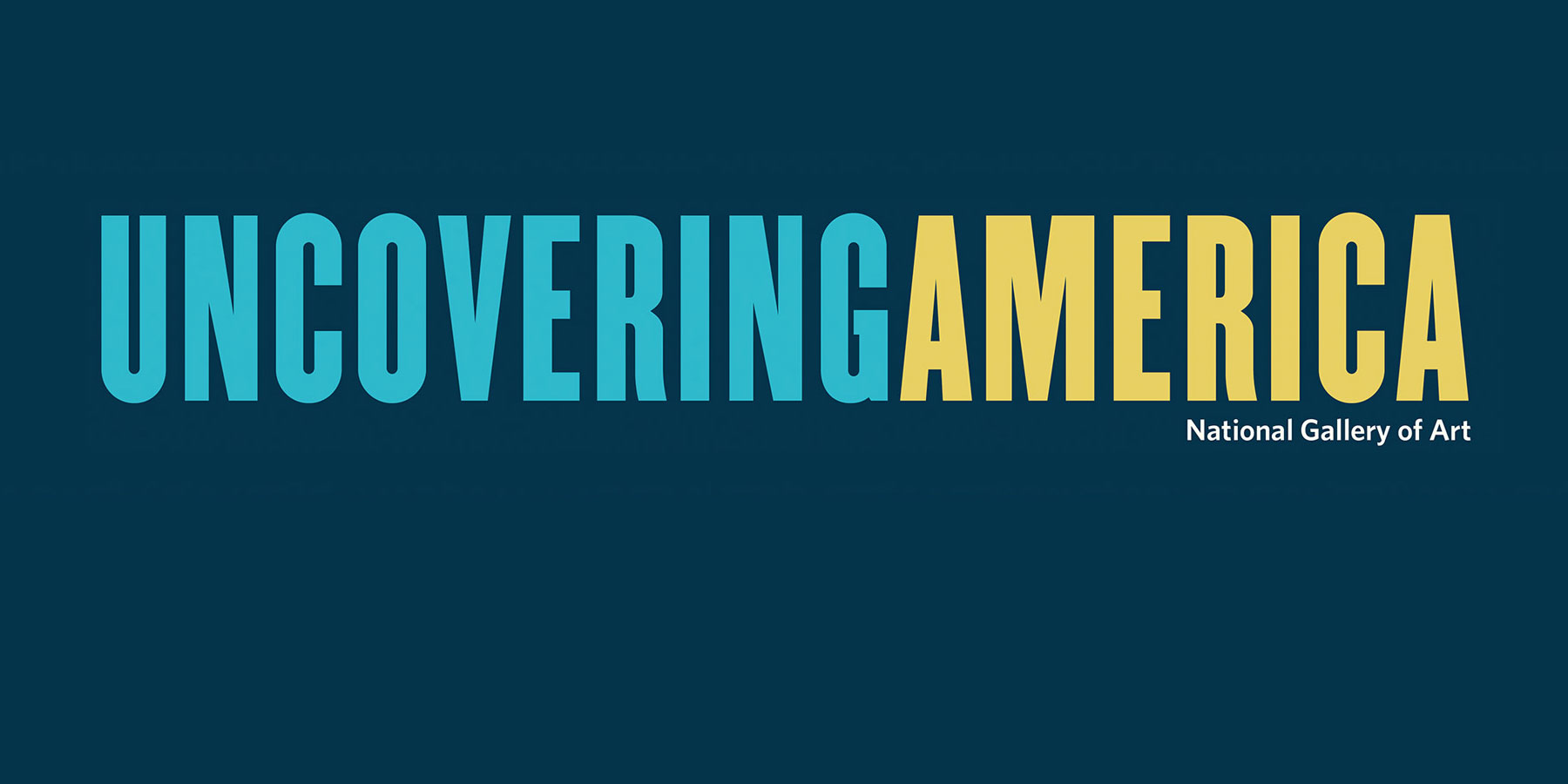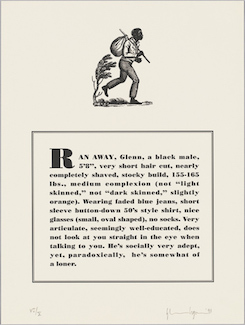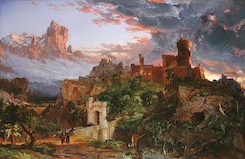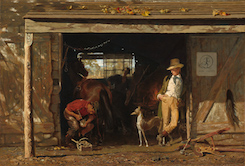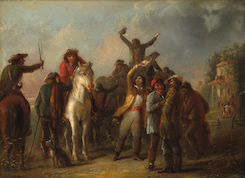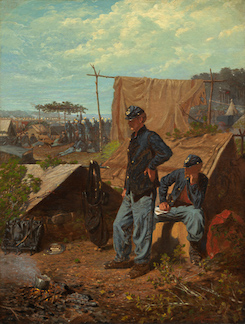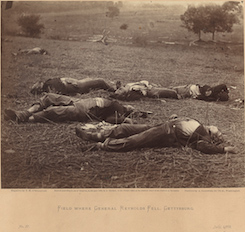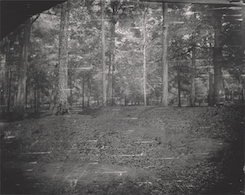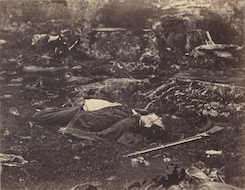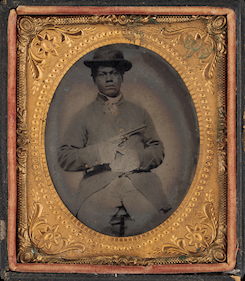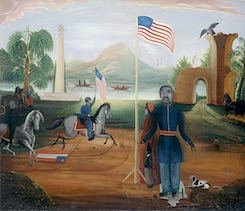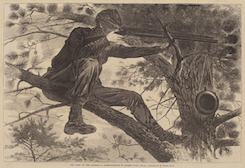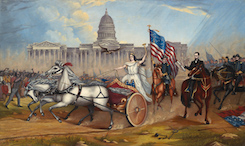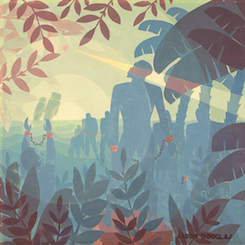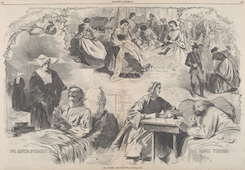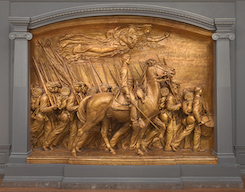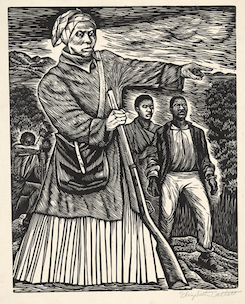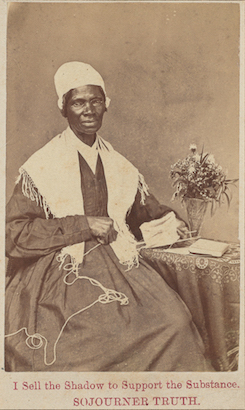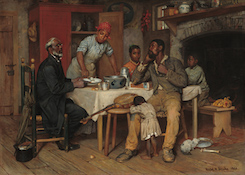How do we remember the Civil War?
Whose stories are told in the art and memorials from and about the time period?
In a time when the nation was divided over the issue of slavery, artists helped to shape people’s understandings of the conflict that overtook the nation. Some artists depicted the political figures and events that drove and reflected the conflict. Other artists were on the battlefield itself, bringing the emotional toll of war home in immediate ways.
Mathew Brady, a prominent photographer of the era, photographed Lincoln after he won the Republican nomination for president, and his image was published on the cover of the widely popular magazine Harper’s Weekly. A printed reproduction of it (a lithograph) was sold by the thousands by the printmakers Currier and Ives and featured on campaign material. Brady believed his image had a significant influence on Lincoln’s winning the election.
Artist Winslow Homer, who had been chosen to illustrate President Lincoln’s inaugural address for Harper’s Weekly in 1861, later traveled with Union soldiers to the battlefields, studying camp life and translating those experiences through his painting. His focus on the common soldier humanized the conflict and made its effects that much more tangible.
